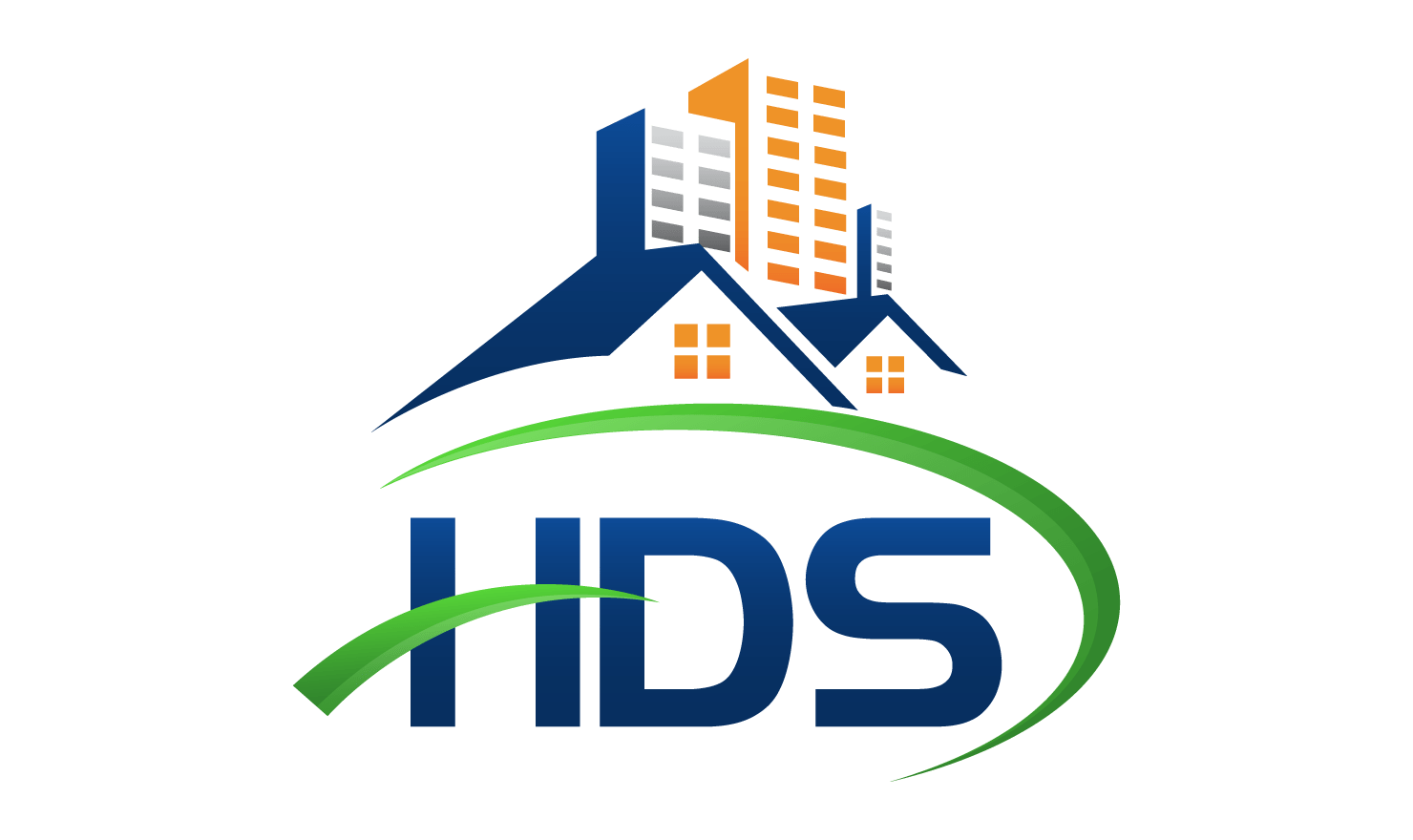 HDS Data Analysis and Reporting Module (DARM)
HDS Data Analysis and Reporting Module (DARM) is a Web-based Executive Management Dashboard, Analysis, and Reporting Module which allows you, the client, real time access to key indicators of performance. The application meets the needs of the agency and is tailored for individual user access. The DARM incorporates a customizable dashboard and allows access to valuable information and multidimensional data across HDS systems for interactive report viewing, monitoring, and management. Customizable easy-to-use task panes provide agencies and agency stakeholders with accurate, timely, and relevant data and the ability to view a variety of performance indicators such as status of funds, projects, loans, demographics, and business trends. In high demand by many industry professionals, The executive Dashboard is a display of data based on user-specific views – customizable views tailored to the specific interests of the individual user. The user will have the ability to create “web parts” or different views containing separate reports for data analysis. A useful feature in the reporting module is the ability to export charts and reports via a variety of formats such as PDF, Excel, or MHT. For auditing purposes, the data displayed within the DARM cannot be manipulated within the module. Time is indispensable, and the DARM provides assurance of what is happening and where, at any point in time. The agency will have immediate access to their daily line of business via a truly click n’ go experience.
